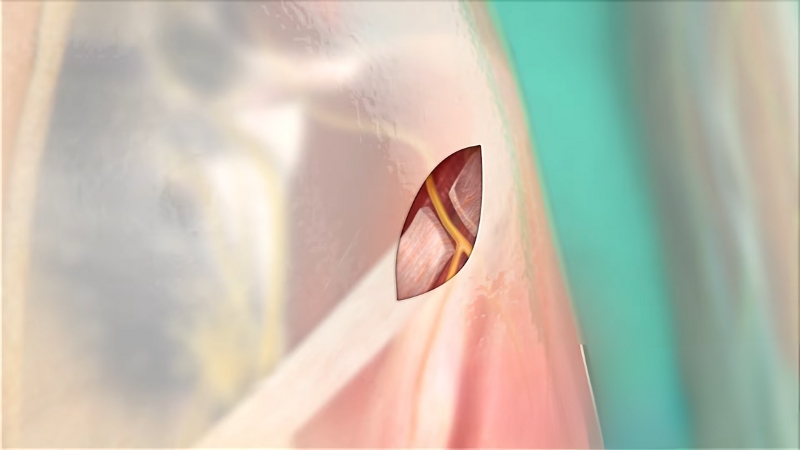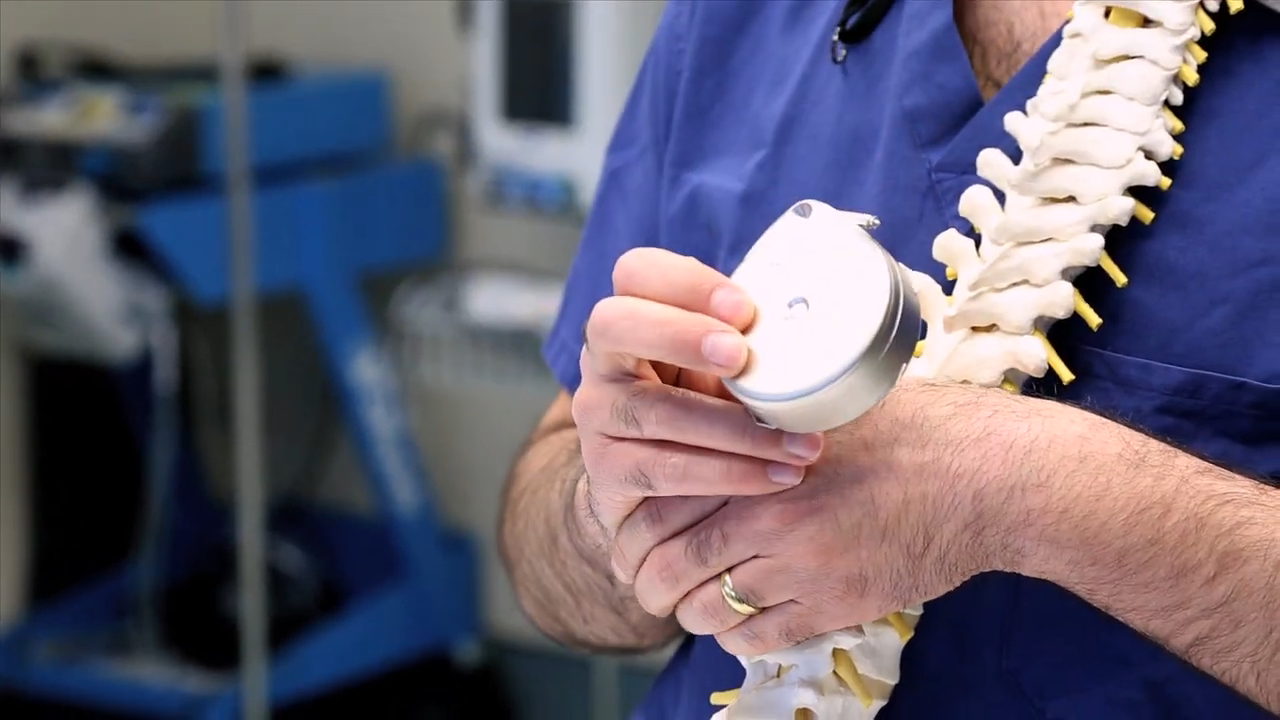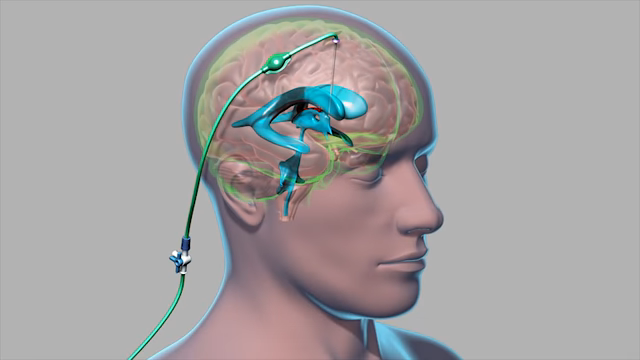Lateral Femoral Cutaneous Nerve Block for Meralgia Paresthetica
Meralgia paresthetica is a condition that causes pain, tingling, burning, or numbness on the outer part of the thigh. Unlike sciatica, this condition does not affect motor control or muscle strength—it solely impacts sensation. The root cause is the compression or entrapment of a sensory nerve called the lateral femoral cutaneous nerve (LFCN). This nerve … Read more



